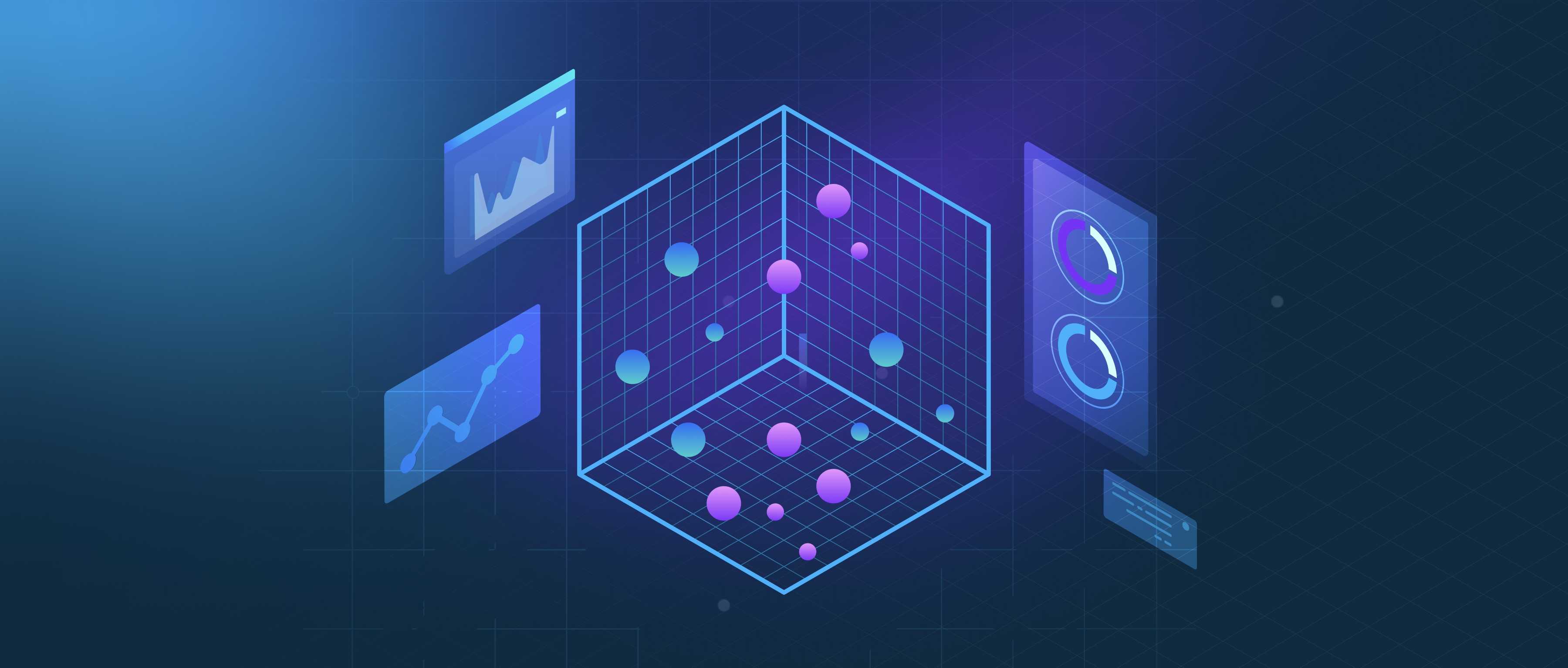Diffusion models are powerful tools for generating high-quality images, but they sometimes produce outputs at lower resolutions than desired. To address this, various upscaling techniques can be employed to enhance the resolution of these images while maintaining their quality. Understanding these methods is crucial for developers looking to improve the visual fidelity of their generated outputs.
One common technique for upscaling is the use of super-resolution algorithms. These algorithms take a low-resolution image and enhance its quality by estimating and filling in details that may be missing. For example, models like SRCNN (Super-Resolution Convolutional Neural Network) or more advanced frameworks like ESRGAN (Enhanced Super-Resolution Generative Adversarial Networks) can be utilized. These models learn patterns from high-resolution images and apply that knowledge to generate plausible details in lower-resolution images. Developers can integrate these techniques by post-processing the diffusion model outputs, improving clarity and detail.
Another approach is to directly incorporate upsampling layers into the diffusion model’s architecture. Rather than upscaling as a post-processing step, developers can modify the model to produce higher-resolution output from the start. Techniques such as transposed convolution or pixel shuffle can be integrated into the network. Using these methods, the diffusion process can create images in a higher resolution, allowing for a more seamless generation without the need for additional upscaling steps. Ultimately, choosing the right technique will depend on the specific use case, required output quality, and available computational resources.
